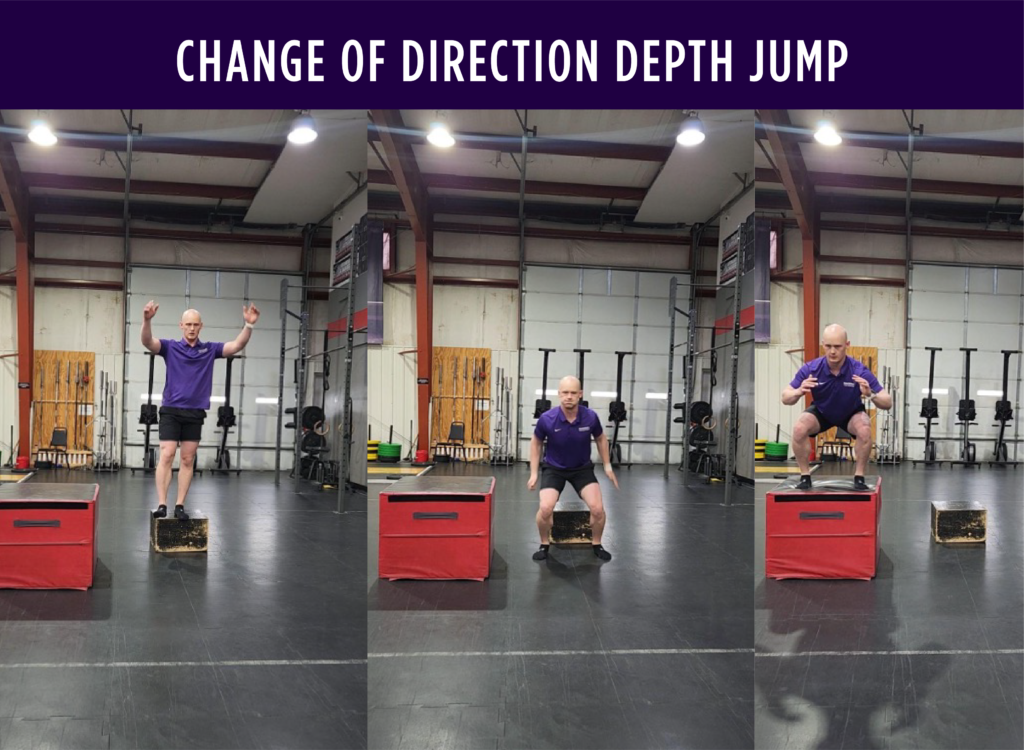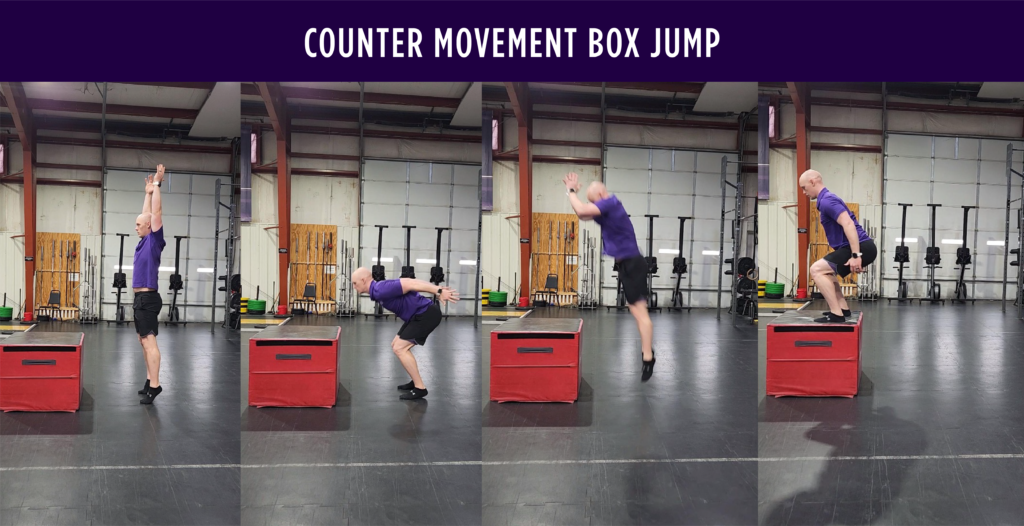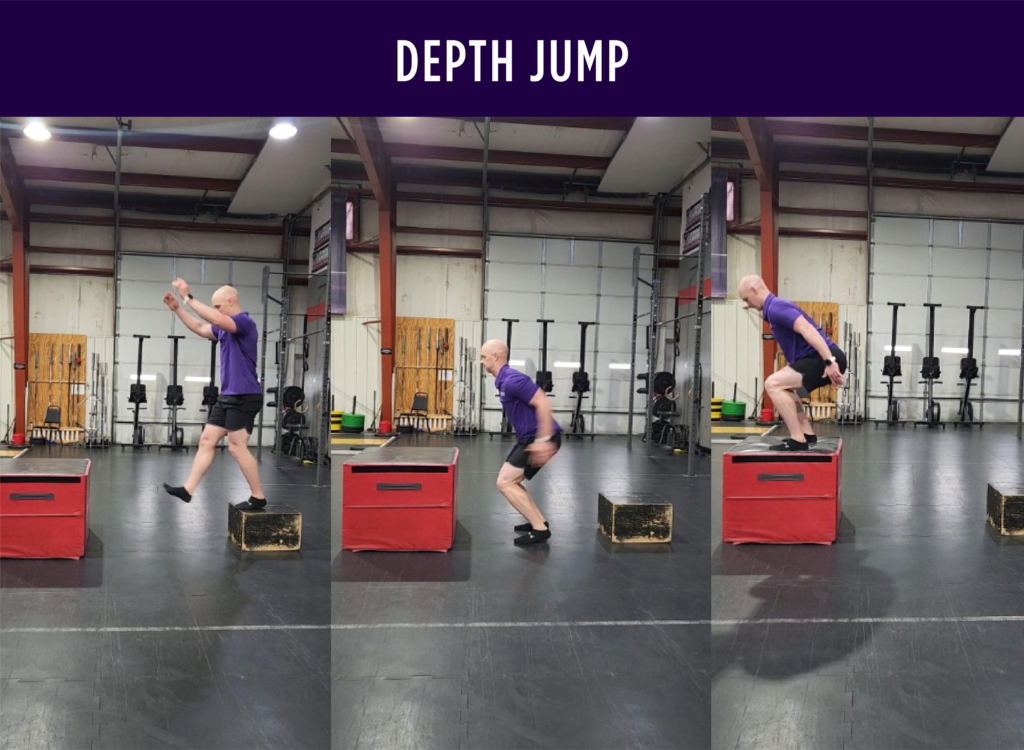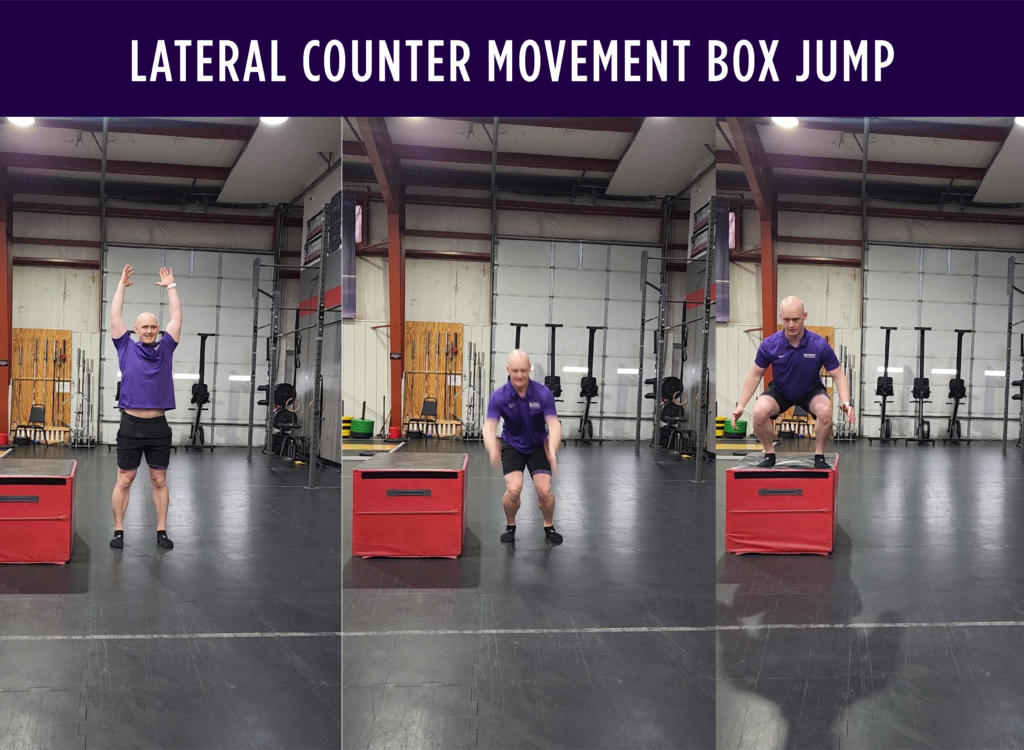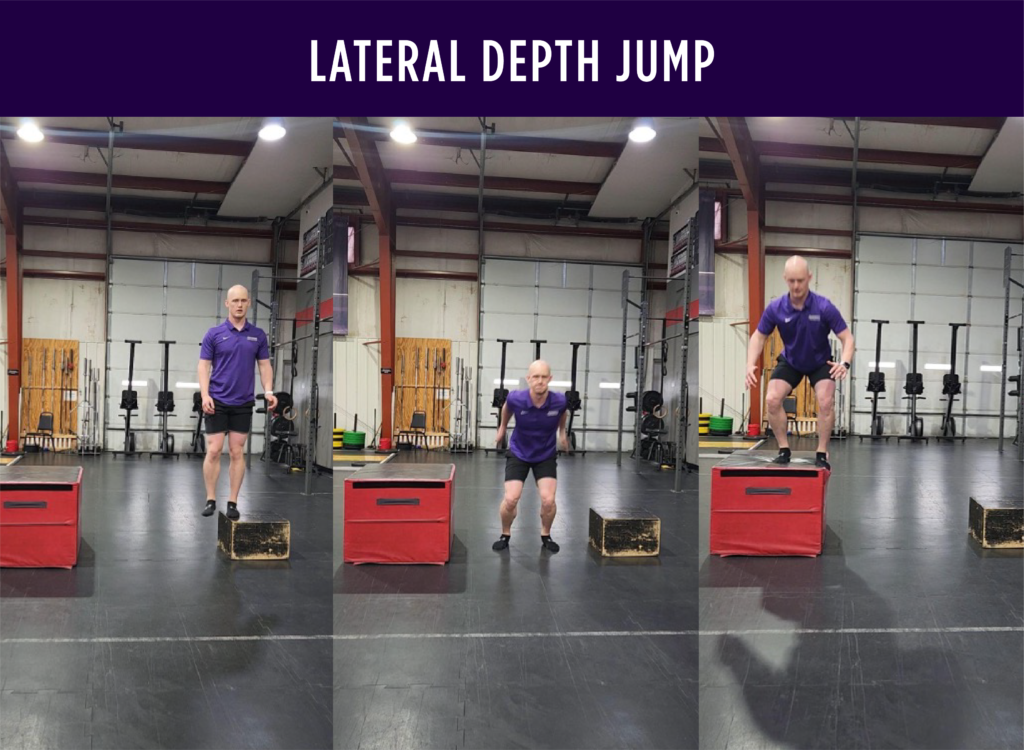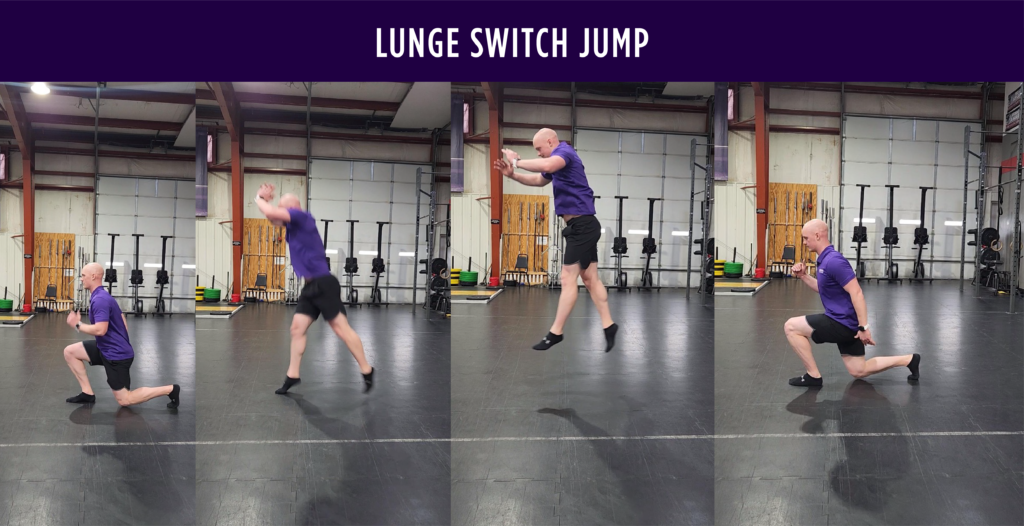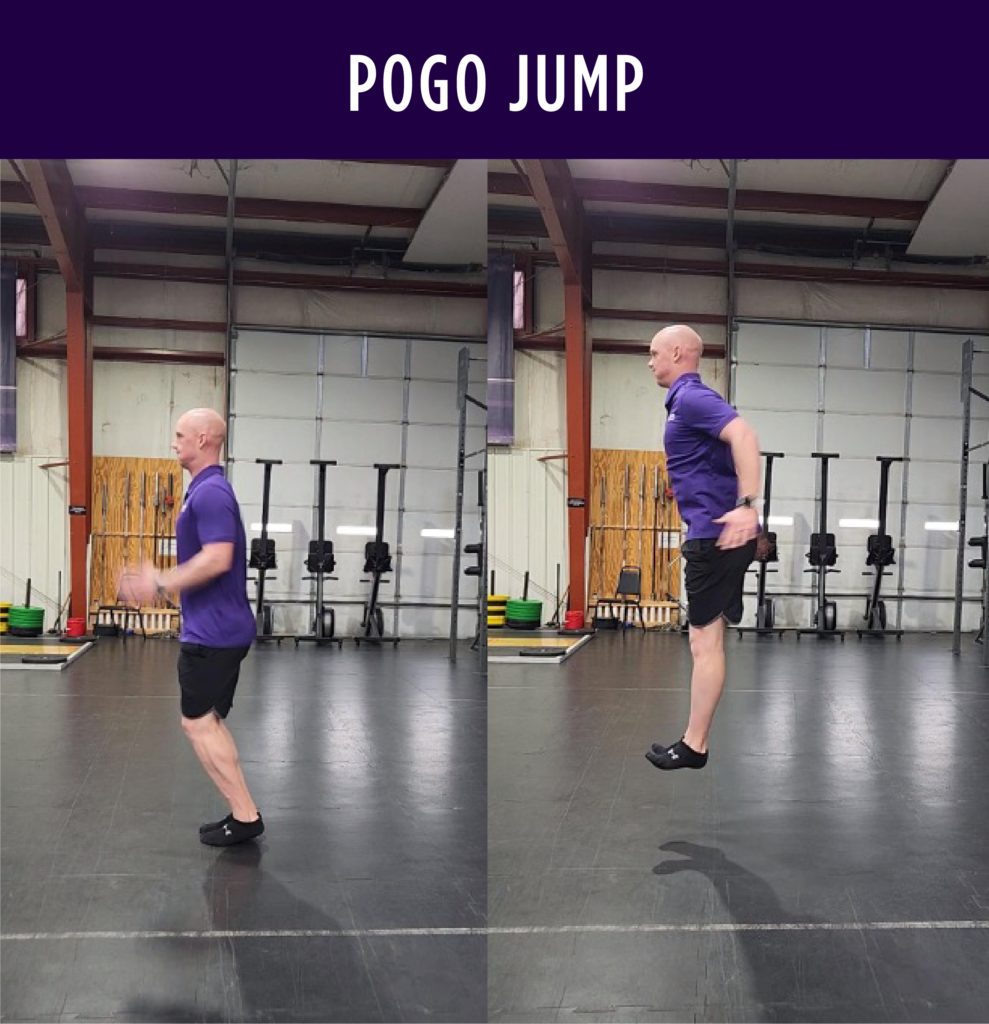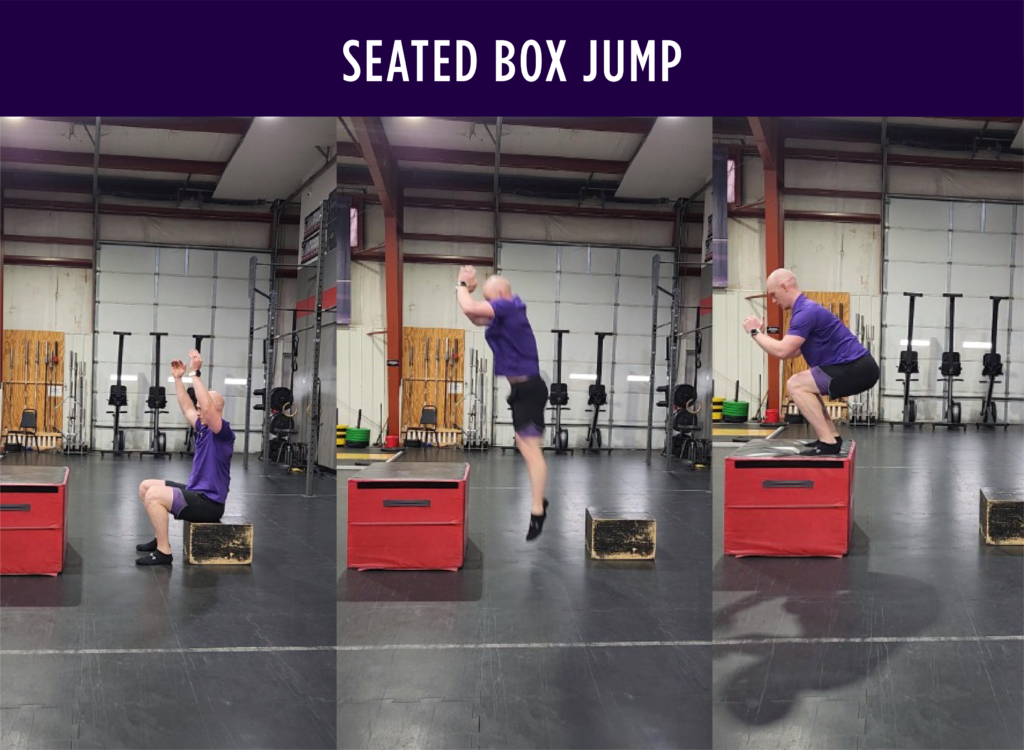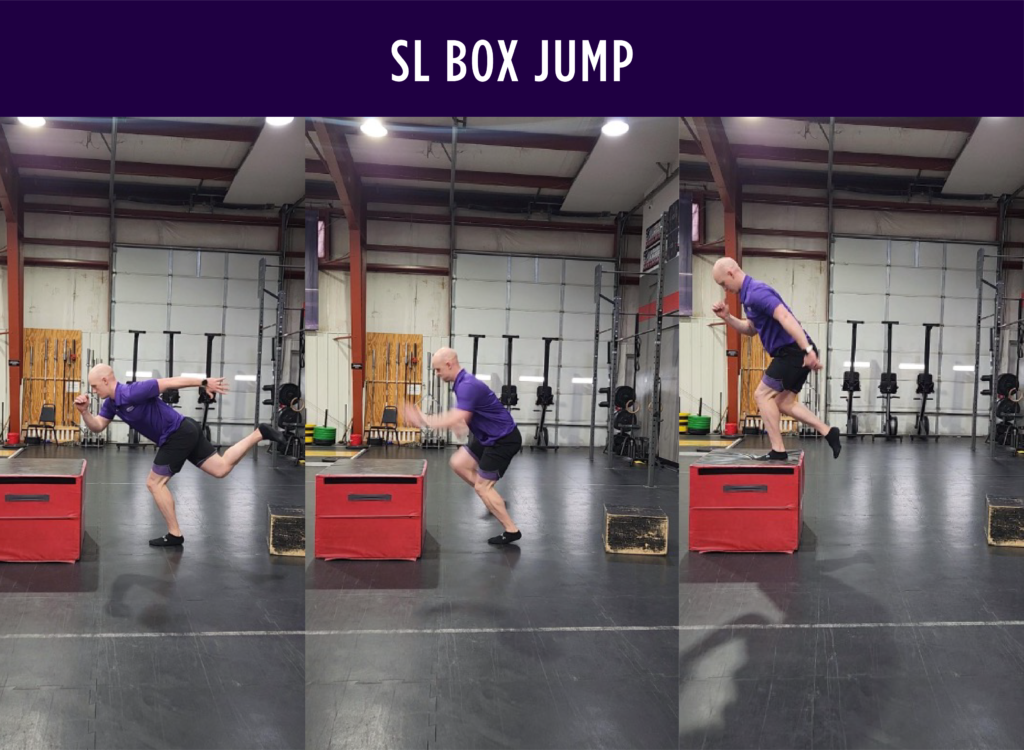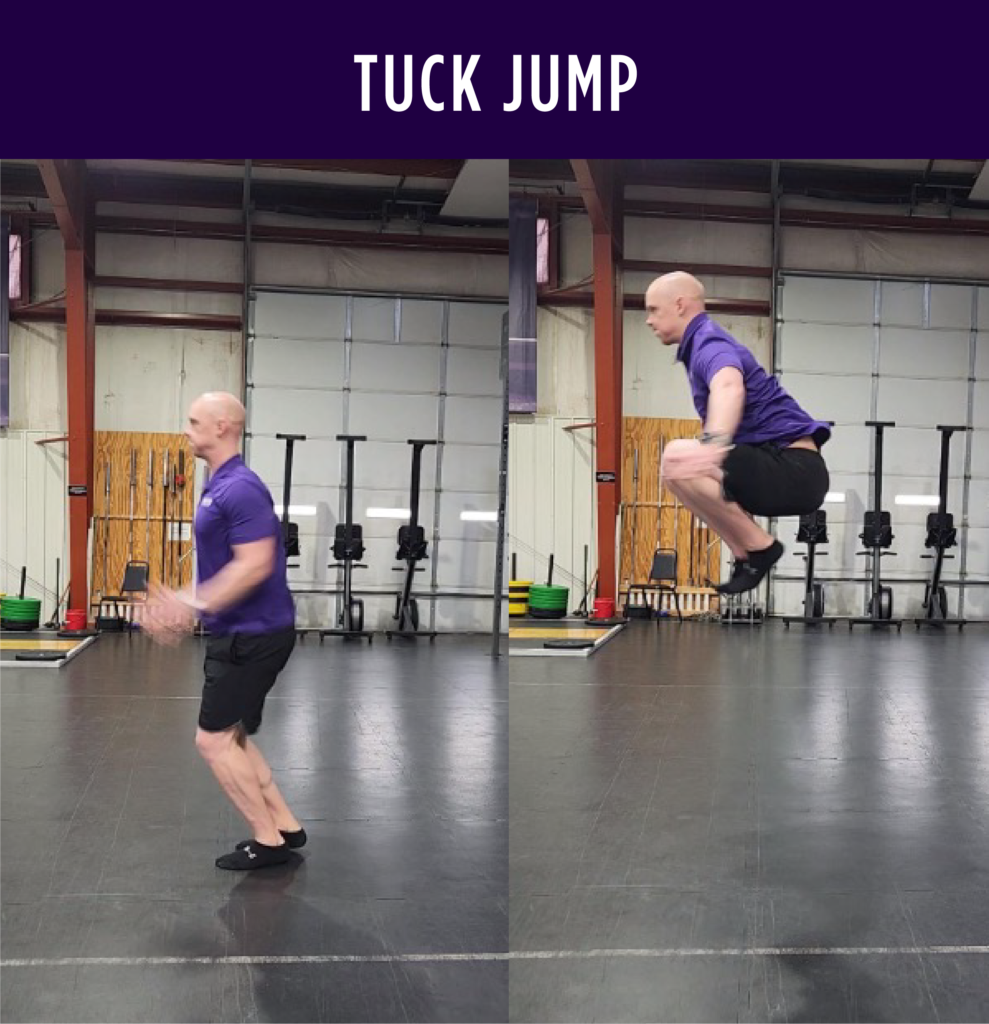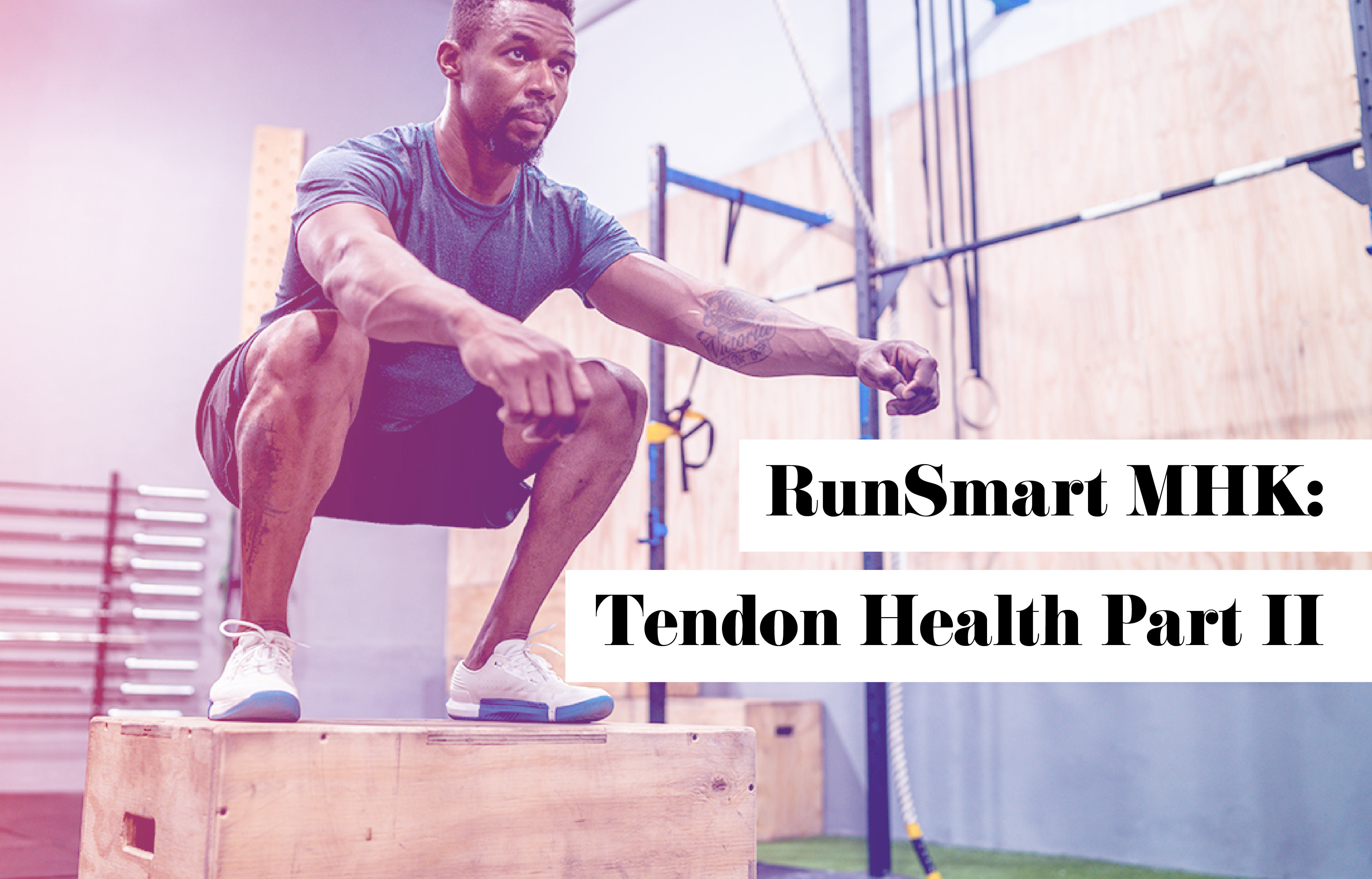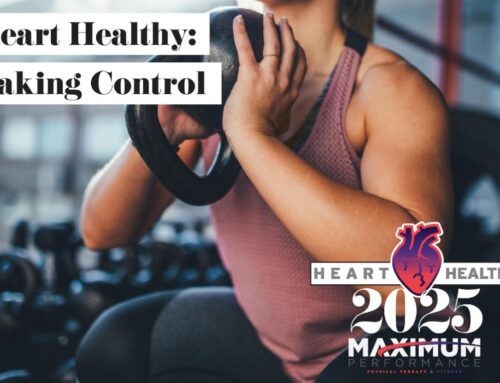Tendon Health Part II
Brenton Leighow, MS, CSCS, GFS,
Maximum Performance Personal Trainer
One of the best things about tendons is that they can grow in circumference and become stronger. The degree of this tendon adaptation appears to be proportional to the intensity of exercise (2). The intensity needed to start tendon capacity improvements is safely achievable through strength, plyometric and sports training. The exercises shown in our third bone mineral density post are great for building tendon resilience for the high forces placed on them during running. But those are just the tip of the exercise iceberg. Another great way to expose your tendons to high forces is through plyometrics done with purposeful intent.
Plyometrics are activities that enable a muscle to reach its maximal force output in the shortest possible time (2). Through a progressive plyometric training program, you’ll create greater ground forces than running can alone. This causes your tendons to become stronger than needed to handle the high forced being placed on them during a run. In our last post, we mentioned that during the push off phase of running, your Achilles tendon experiences forces up to 6 to 8 times your bodyweight (2). In a study aimed at quantifying the forces of plyometrics, it was found that during a depth drop (plyometric exercise), the ground forces were up to 7.03 times the bodyweight of the person (3). It’s important to make sure you can handle loads greater than the ones you’ll experience in ideal running conditions. Because you’ll rarely be running in those perfect conditions.
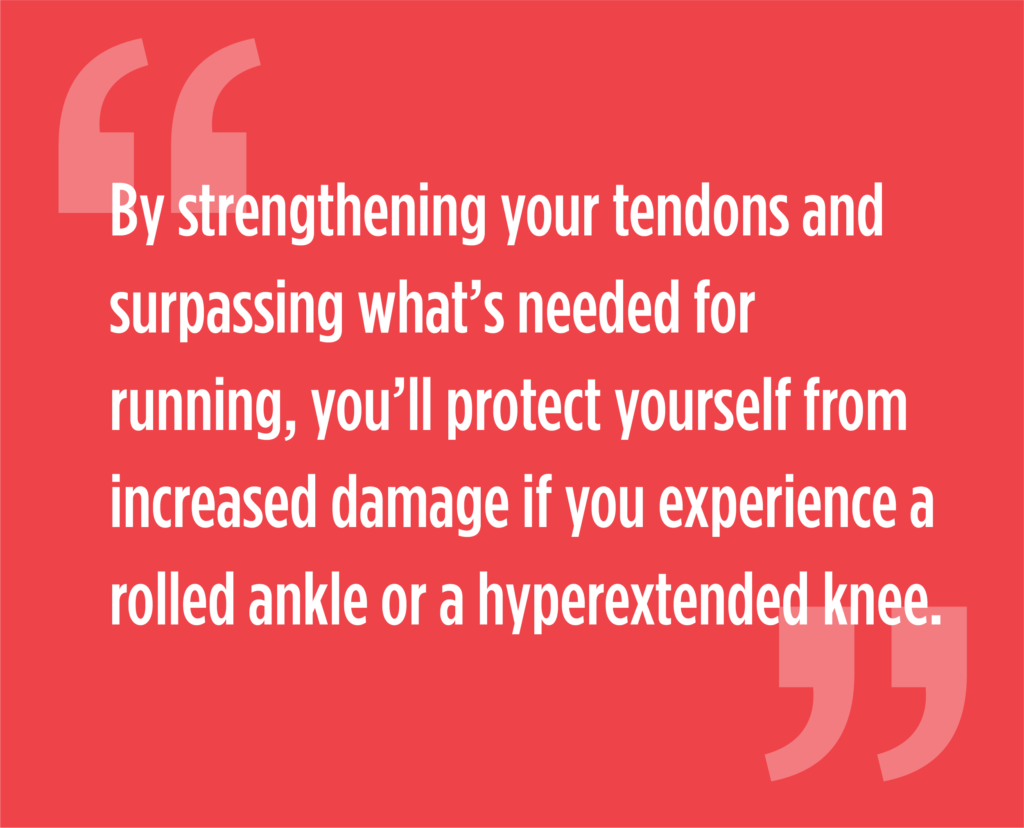 Road races involve rocks, potholes and sloped roads. Cross country races have rocks, holes, different terrains and uneven surfaces. By strengthening your tendons and surpassing what’s needed for running, you’ll protect yourself from increased damage if you experience a rolled ankle or a hyperextended knee. In the case of a rolled ankle, think of your tendons as the button on your jeans after you’ve eaten at an all-you-can-eat buffet. It’s the thing holding everything together. If that button is holding on by a weak string, then you might be in trouble! But if that button is holding on by something stronger, like a rope, then you’ll be in a much better situation. Now, just replace your jeans button with your Achilles tendon. If you haven’t developed strong tendons during training, then you’re at a higher risk for a grade 3 strain. But if your tendons are developed, you have a greater chance of that same rolled ankle resulting in a grade 2 or grade 1 strain, or no strain at all.
Road races involve rocks, potholes and sloped roads. Cross country races have rocks, holes, different terrains and uneven surfaces. By strengthening your tendons and surpassing what’s needed for running, you’ll protect yourself from increased damage if you experience a rolled ankle or a hyperextended knee. In the case of a rolled ankle, think of your tendons as the button on your jeans after you’ve eaten at an all-you-can-eat buffet. It’s the thing holding everything together. If that button is holding on by a weak string, then you might be in trouble! But if that button is holding on by something stronger, like a rope, then you’ll be in a much better situation. Now, just replace your jeans button with your Achilles tendon. If you haven’t developed strong tendons during training, then you’re at a higher risk for a grade 3 strain. But if your tendons are developed, you have a greater chance of that same rolled ankle resulting in a grade 2 or grade 1 strain, or no strain at all.
Rolled ankles and hyperextended knees happen quite frequently, but the most common running injury is the result of overuse. Overuse injuries typically occur when your body hasn’t been properly trained for the volume of work you’ll be putting it through. This might happen at mile 6 of a 10K if you’ve only ever run a 10K at a slow pace, have yet to reach 6.2 miles in a tempo run or just haven’t properly recovered from your last run. Plyometrics can help build that tendon resilience and help with overuse. Maybe not by itself, but it is a key piece of the puzzle (6).
Plyometric training also helps with the rate of force production (RFD), defined as the development of maximal force in minimal time (2). For running, this means that every step is a single leg bound. In a study done by the Department of Health and Kinesiology at the University of Texas, it was found that a plyometric training program improves running economy in regular but not highly trained distance runners (4). One way it does this is through improvements to the stretch shortening cycle (SSC), which uses the energy storage capabilities of the series elastic component (2). The series elastic component (SEC) is referred to as the workhorse of the plyometric exercise. When the tendons and muscles are stretched rapidly, the SEC acts as a spring and contracts rapidly following the stretch. The SSC only works when it’s done in a rapid time frame; this is done in training through counter movement jumps, repeat jumps, depth jumps and a few other plyometric exercises. Check out some photos of these at the bottom of the post. As a runner, improving your SSC is very beneficial, as each one of your strides puts the SSC to use. As the foot strikes the ground, the calf, the quadricep and the glutes are rapidly stretched, which is followed by a rapid contraction of these same muscles to execute the push off phase.
When the SSC works efficiently, it’ll result in shorter ground contact times. With these, your quadriceps aren’t under contraction for as long and the capillaries aren’t being contracted by the surrounding muscles. This increases blood flow throughout the hard working muscle and brings about good things.
First, increased blood flow brings oxygen to the muscles so that more energy can be made from the breakdown of pyruvates through the Krebs cycle. Simply put, this is how you make energy (ATP) when you do low intensity runs. Second, increased oxygen helps remove hydrogen ions (H+) from the muscle’s cells. An increased concentration of H+ is what causes that burning feeling in your muscles when they’re fatigued. This is sometimes mistaken for lactic acid. By removing the H+, your intracellular pH balance returns to an optimal level, allowing you to continue your run without the burning feeling worsening.
This post concludes our focus on tendons. Our next topic will be on a very similar object: the ligament. Similar to how tendons connect muscles to bones, ligaments connect bones to other bones. We’ll cover details about the ligaments that are important for you to understand as a runner. If you have any questions, we would be happy to answer them! You can reach out to us at fitness@maximumperform.com or bleighow@maximumperform.com.
Citations
- MendMeShop. (n.d.). Sprains and strains: What’s the difference? Achilles Tendon Strain vs Sprain. Retrieved March 30, 2022, from https://aidmyachilles.com/achilles-tendonitis-injury/achilles-tendon-sprain-vs-strain.php
- “Essentials of Strength Training and Conditioning (Fourth Edition) Human Kinetics”
Happ, Triplett, N. T., & National Strength & Conditioning Association (2016). - Wallace, B. J., Kernozek, T. W., White, J. M., Kline, D. E., Wright, G. A., Peng, H.-T., & Huang, C.-F. (2010). Quantification of vertical ground reaction forces of popular bilateral plyometric exercises. Journal of Strength and Conditioning Research, 24(1), 207-212.
https://doi.org/10.1519/jsc.0b013e3181c3b841 - TURNER, AMANDA M.; OWINGS, MATT; SCHWANE, JAMES A. Improvement in Running Economy After 6 Weeks of Plyometric Training, Journal of Strength and Conditioning Research: February 2003 – Volume 17 – Issue 1 – p 60-67
- Zellers, Jennifer A et al. “Return to play post-Achilles tendon rupture: a systematic review and meta-analysis of rate and measures of return to play.” British journal of sports medicine vol. 50,21 (2016): 1325-1332.
doi:10.1136/bjsports-2016-096106 - Baldwin, K.M., Badenhorst, C. E., Cripps, A. J., Landers, G. J., Merrells, R. J., Bulsara, M. K., & Hoyne, G. F. (2021). Strength training for long-distance triathletes. Strength & Conditioning Journal, Publish Ahead of Print.
https://doi.org/10.1519/ssc.0000000000000660
